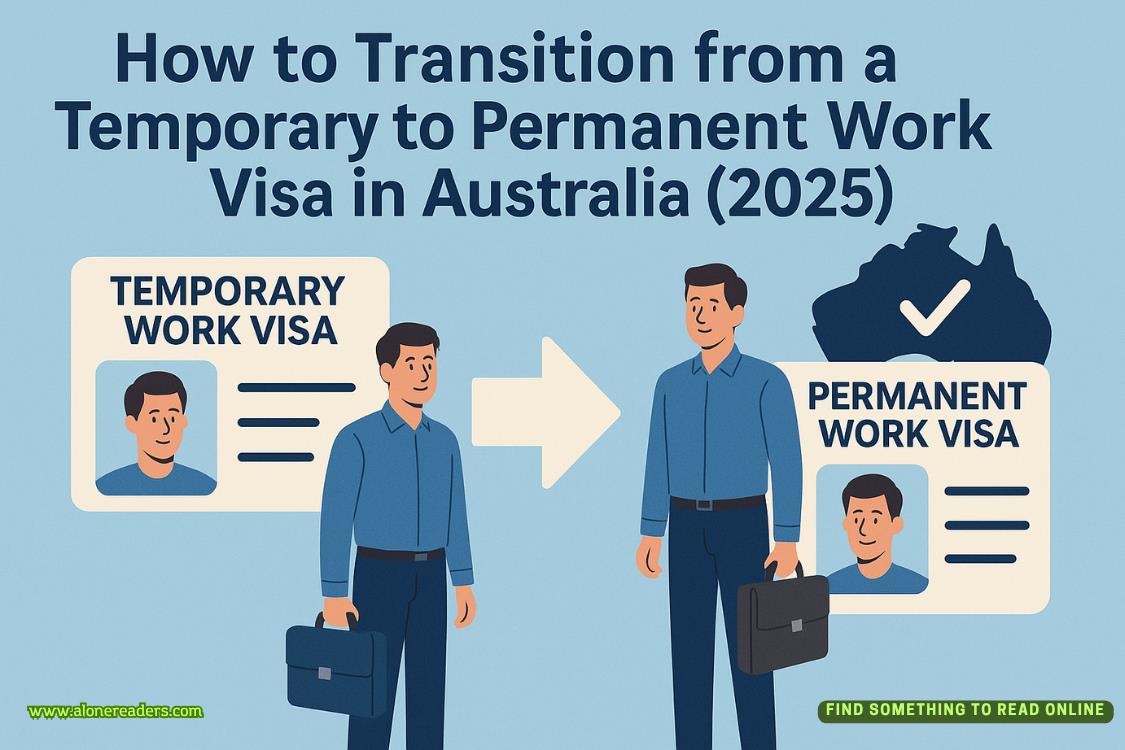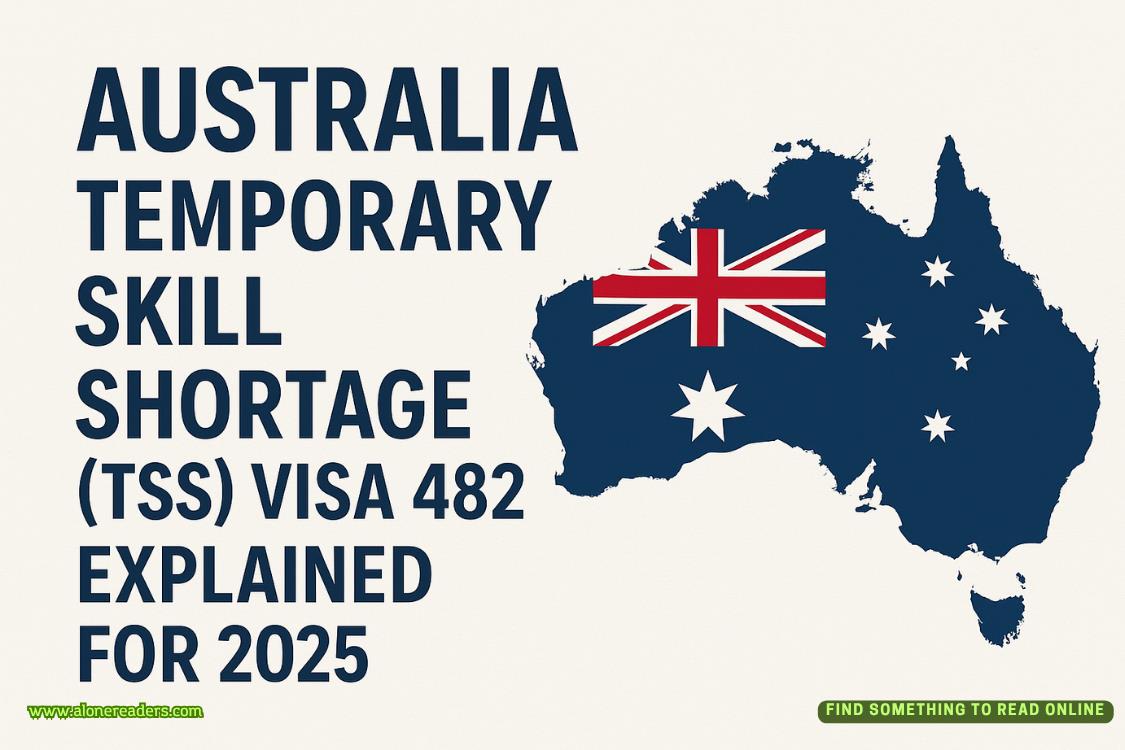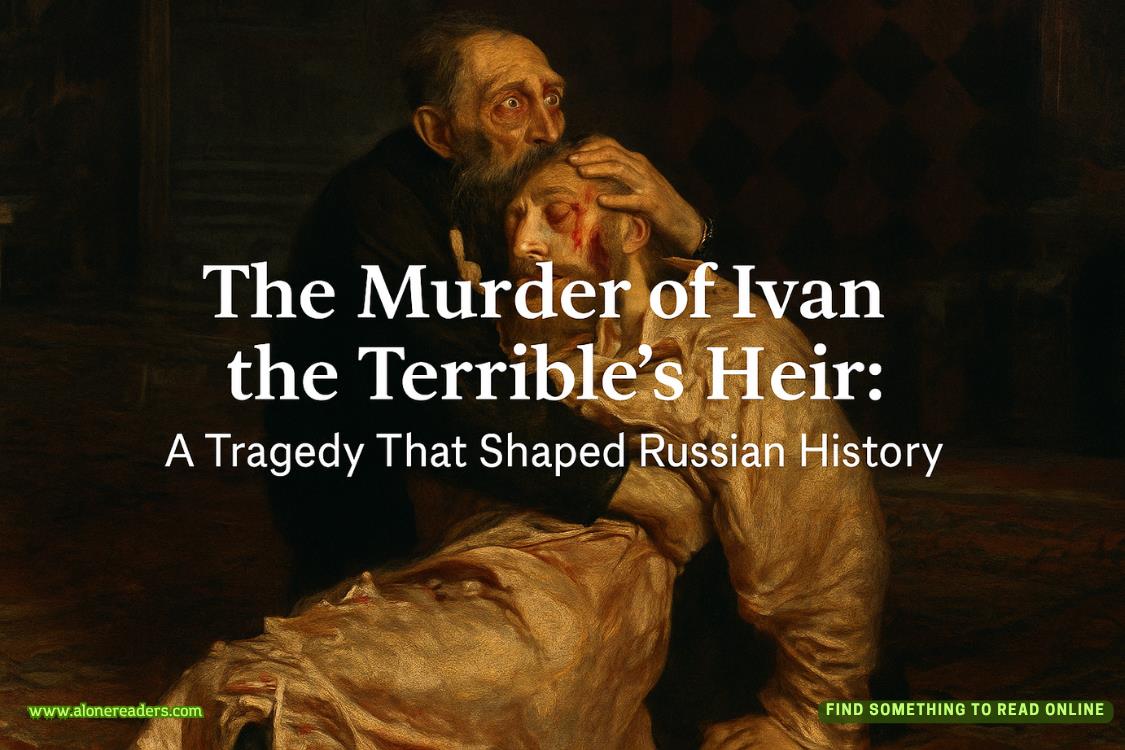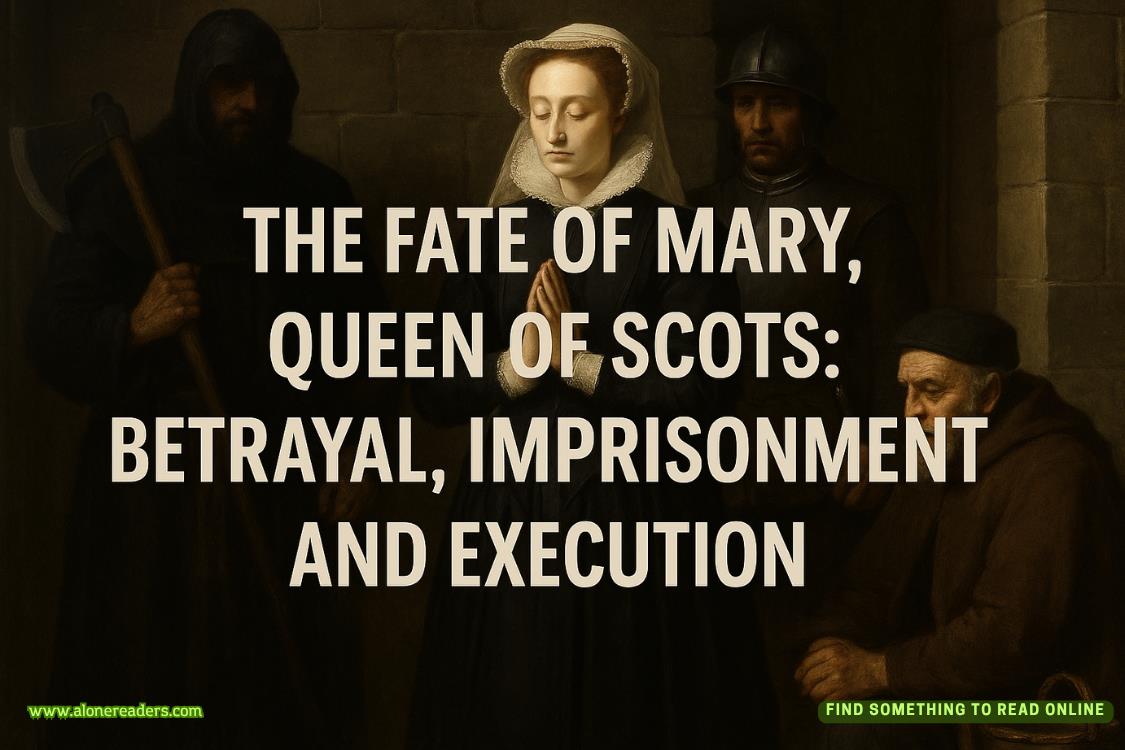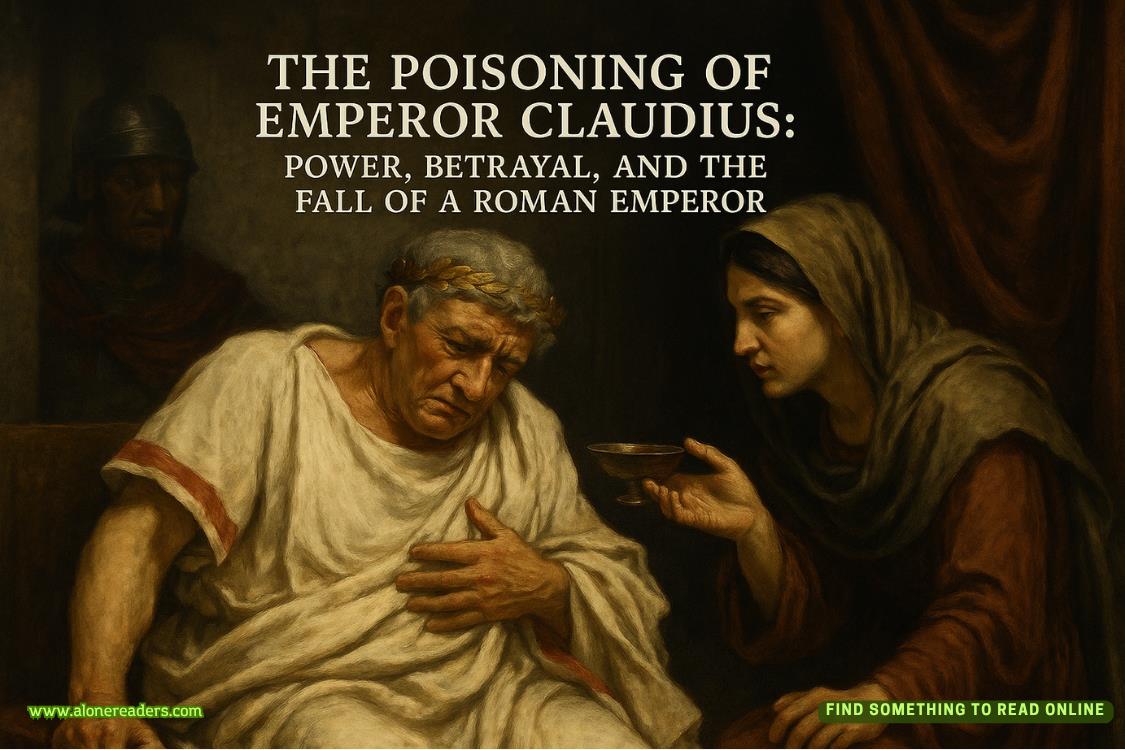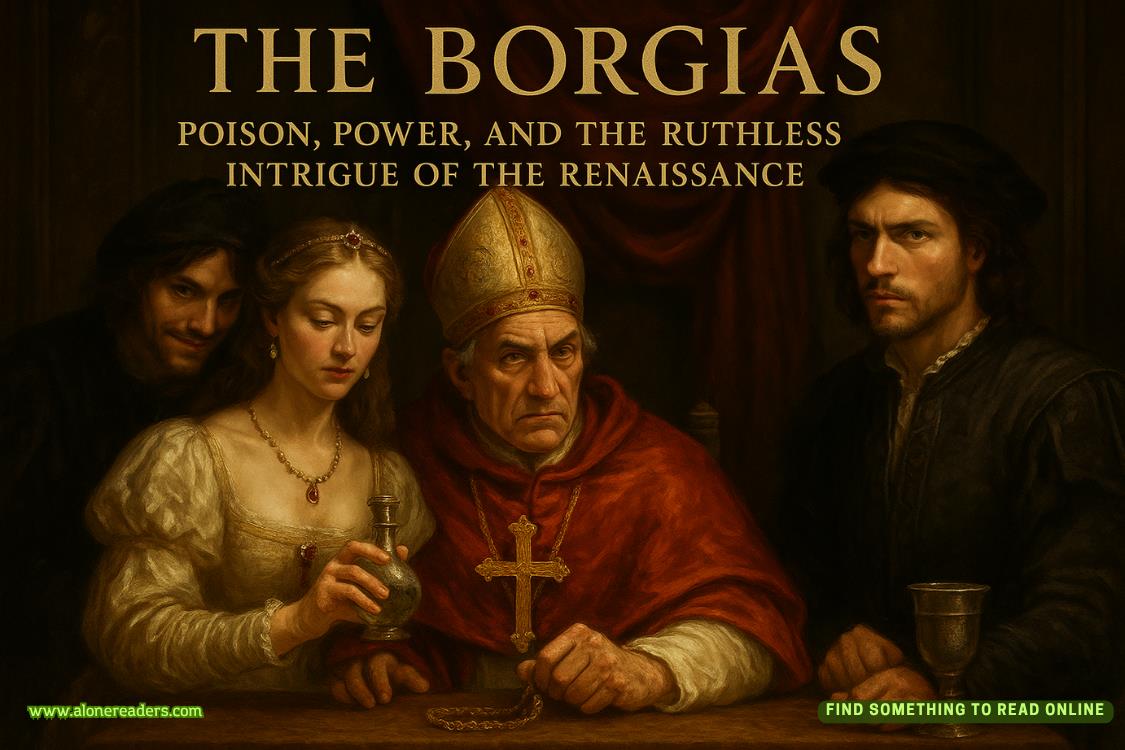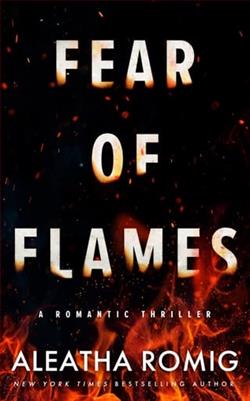Page 20 of Gone Before Goodbye
Maggie stays quiet as the elevator dings its way up to the eighth floor. They had all moved in at the same time. Maggie and Marc had taken a two bedroom on the fourth floor. Trace had grabbed a one bedroom on the eighth. They’d chosen this building because it was reasonably priced and had doormen and, most importantly, it was walking distance to NewYork-Presbyterian medical center. All three of them had crazy hours doing their surgical residencies.
She unlocks his door and enters. She expects the place to smell stale, but it doesn’t. There is almost no dust, and Maggie wonders whether Trace hired a housekeeper. Probably. At Camp Arifjan in Kuwait, the team used to tease Trace for being such a neat freak. Maggie had at first seen Trace as more hyperorganized, an überpreparer, someone tightly wound in a way that made him focused, detailed, a great surgeon.
The furniture is modular, beige, functional; everything about the place screams, “A man lives here alone.” There are two items on display with any flair or prominence—and they stand side by side on his acrylic dining room table. The first is a model of the human heart signed by two legendary cardiothoracic surgeons credited with creating the first artificial heart, Michael DeBakey and Denton Cooley. It’s the kind of anatomy model you might find in any doctor’s office or biology class.
The second item, displayed under Plexiglas next to the DeBakey-Cooley model, is an inoperative (though it would definitely be described as cutting-edge and state-of-the-art) prototype of, per the engraving,THUMPR7-TAH—what they’d all hoped would eventually be the next generation in making artificial hearts more permanent and efficient.
Maggie stares at the device, pushing away the bad flashback. The THUMPR7 had been developed and registered by WorldCures Alliance—that is, Marc, Trace, Maggie. She hadn’t wanted that—her name attached—because though she had trained in cardiothoracic surgery and assisted Marc and Trace plenty of times, she’d opted to make reconstructive and trauma surgery her official specialties.
The TAH stands for Total Artificial Heart, but the THUMPR7, despite its blend of robotic design, DNA coding, and stem cell research, remained a distant pipe dream.
Maggie knows that better than anyone.
On the wall, there is a framed color photograph taken by war photojournalist Ray Levine on what had been one of the worst combat days for Maggie and Trace. From his embedded perch on the ground in Kamdesh, Levine had gotten an almost surreal shot of Maggie and Trace furiously working to save two soldiers while their medevac UH-60 Black Hawk copter hovered above the ground. The sky above them is striking blue, the blood on their hands striking red, and something about the composition made it appear that Maggie and Tracewere somehow defying gravity, that there was no way they wouldn’t tumble out of the copter in the next second or two, that the only thing preventing disaster had to be some kind of divine hand keeping them up in the air.
Maggie remembers it all too vividly. Trace’s soldier survived. Maggie’s did not.
Only two hours after that mission ended—right after they showered and cleaned up—Trace came to her tent and said, “Come on, let’s go.”
“Trace…”
He held up the bag of lollipops. “Now.”
Trace did this almost every time, especially when the mission had been particularly bloody. He grabbed a jeep and drove Maggie to the local town. When they pulled in, Trace shouted, “I’m here!” Children came running out from everywhere, squealing with delight. They already knew Trace—and his beloved lollipops. He started passing them out, smiling, nodding for Maggie to do the same. Several adults came out to greet them and offer them food. Maggie passed, but Trace told her she was being rude. He devoured everything, to their hosts’ delight. Then he played some kind of exhausting tag game with two boys. More children came out. Trace made funny faces and farting noises—mouth-to-palm style—and they all howled with laughter.
Maggie just watched in awe.
Trace.
That night, after they got back to camp, she and Trace lay under the stars, the smell of thyme and cedar in the cool desert air. For a long time, neither spoke, comfortable in the silence. Then Maggie whispered a truth into the dark sky:
“The dead don’t leave us.”
Not ever. The dead stay by your side, as though you held on toohard as they tried to pull away and something had broken off. The man dying in Ray Levine’s photograph was named Greg Steeple. He’d been twenty-one years old and had a mother and a father and two younger brothers and a fiancée named Claire.
“And yet,” Trace whispered back, “we’ll always long for this thrum in the blood.”
That is what they don’t warn you about when it comes to combat.
It’s terrifying, it’s awful, it’s the worst thing imaginable, you wish it on no one.
But it’s also addictive.
She can’t get the faces of the dead out of her mind.
But she also can’t get the memory of the adrenaline spike out of her blood.
The unspoken part of what makes it hard for combat soldiers to come home isn’t the flashbacks or the fear of returning—it’s almost the opposite. It’s the sudden quiet, the cloying calm, the suffocating safeness and sameness of normal life. One moment you’re ducking bullets, half hanging out of a moving helicopter, your hands working inside a warm abdomen to keep some kid like Greg alive—and then, what, you’re supposed to go back to your suburban split-level and do laundry and pick up your kids from soccer practice and sit in too much traffic on your way to work?
It would be easy to say they—she, Marc, Trace—created WorldCures Alliance for purely altruistic reasons. That had been a good story—three combat doctors who saw a need and eschewed the comforts of home to save the needy and revolutionize health care, but that felt too much like spin to Maggie. It’s not that you are not genuinely concerned about your patients—you acutely are—or don’t believe in your mission—they did—but the terrible secret, the secret she and Marc and Trace shared, is that you do it to be special. To paraphrase Eminem, a normal life is boring. The idea of going hometo the kids, the laundry, the car pool… no, not for, pardon the play on words, M&M.
Scratch the surface of a person doing good works, and you’ll find someone who fears the mundane and conventional.
There is only one other framed photograph in the room—a slightly faded color one of a smiling ten-year-old Trace Packer on the Jersey Shore with his matching-smiling mother, Karen. Genetics. There is no doubt that these two are mother and son. In the photo, Karen wears the stunning square-cut emerald ring that always adorned her finger. A family heirloom, Karen had once explained to Maggie, given to her by her own grandmother. Years later, at Karen’s funeral, Trace clutched the green emerald in his hand for the entire ceremony. Maggie never forgot that image—Trace, sitting in the front pew by himself, opening and closing his fist, staring at his mother’s glistening square-cut emerald, as though the gemstone had some magical power that could bring his mother back to life.
Trace has a floor-to-ceiling redwood wine rack on the one wall that would get no sunlight. She checks the bottles. All reds from Château Haut-Bailly, a Bordeaux from the Pessac-Léognan appellation. Maggie knows it well. Trace, a true Francophile whose second love after medicine is French wines, had invested in it—count on Trace—and she and Marc had visited the vineyard not long before she returned to Baltimore to take care of her mother. Maggie remembers that trip to Bordeaux so vividly. It was after a particularly grueling month in a huge refugee camp in Kakuma. They needed the break before heading to Dubai, but neither she nor Marc handled their spirits well. Trace arranged for his “closest pals” what he labeled “a palate pilgrimage”—a fancy term for a tasting where everyone gets overserved—and it had been fabulous and delicious and then she and Marc both got sloppy and laughed too much and, man, that had been a night.
No need to go there right now, Maggie thinks.
